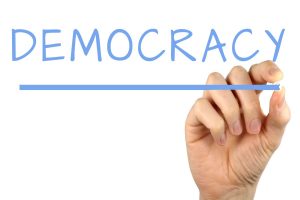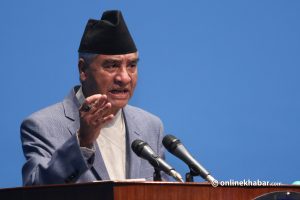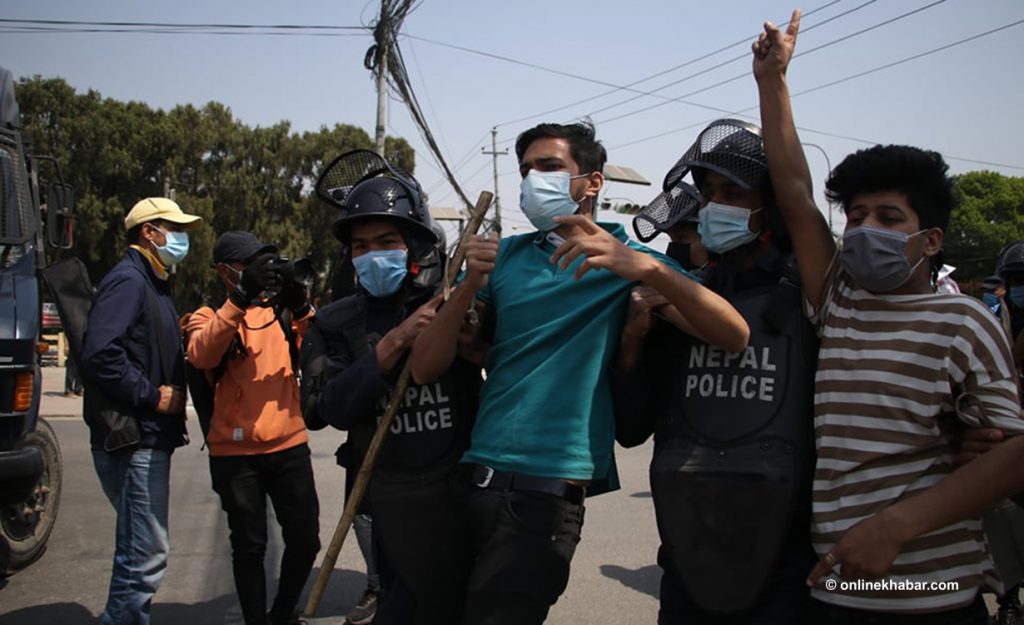
In any thriving democracy, the right to protest stands as a cornerstone, a testament to the power of collective voice and the value placed on citizens’ participation in shaping the course of their nation. This fundamental right, enshrined in numerous international treaties and constitutions, serves as a vital mechanism for citizens to express dissent, demand accountability, and advocate for change.
As societies evolve, the right to protest remains a powerful tool that ensures governments remain responsive to the needs and aspirations of their people. In the annals of history, there exists a chorus of voices, a harmonious symphony of conviction and courage, echoing through time.
These are the voices of those who dared to challenge the status quo, who stood undeterred in the face of adversity, and who championed the cause of change through the power of protest. At the heart of this symphony lies the fundamental right to protest – a right that transcends legal statutes and transforms into a powerful embodiment of democratic essence.
Protest as a universal language
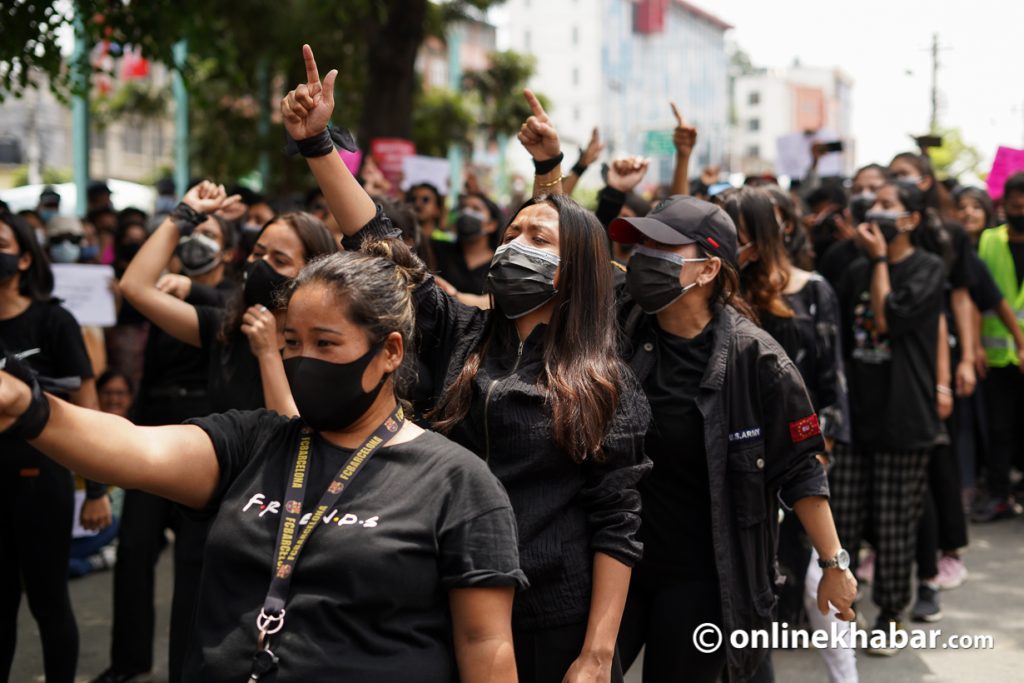
In a world marked by its diversity of cultures, opinions, and aspirations, the right to protest emerges as a universal language spoken by the people and understood by governments. It is a language that communicates not only dissent but also the fervent desire for progress.
One of the most prominent episodes in Nepal’s history is the People’s Movement of 1990, also known as the Jana Andolan.
Fueled by a desire for democracy and freedom from the authoritarian rule of the monarchy, Nepali citizens from all walks of life united in a massive protest movement. The culmination of this movement led to the restoration of democracy, the establishment of a multiparty system, and the drafting of a new constitution that enshrined fundamental rights, including the right to protest.
In the years that followed, the people of Nepal continued to exercise their right to protest to demand accountability, inclusion, and social justice. The Comprehensive Peace Agreement of 2006, which ended the decade-long civil conflict between the government and Maoist rebels, was a testament to the power of collective action.
Citizens nationwide rallied for peace and change, contributing to establishing a more inclusive political framework. Furthermore, Nepal’s transition from a monarchy to a federal democratic republic in 2008 was marked by widespread protests advocating for the representation and recognition of marginalised communities, including indigenous groups, women, and Dalits.
These protests were instrumental in shaping the constitutional provisions that recognise and protect the rights of these historically marginalised sections of society. In recent times, Nepal has grappled with the need to strike a balance between preserving the right to protest and maintaining social order.
Balancing the exercise of this right

The Constitution of Nepal guarantees the right to peaceful assembly and demonstration, but the interpretation and implementation of these rights have sometimes led to tensions between protesters and authorities. Balancing the exercise of this right with the responsibilities of maintaining public safety and preventing disruption remains an ongoing challenge.
At its core, democracy thrives on the principle of representation and participation. A government “for the people” necessitates not only the ability of citizens to elect their representatives but also their capacity to engage actively in shaping the policies and decisions that impact their lives.
In this intricate dance between governance and citizenship, the right to protest emerges as a profound manifestation of the democratic spirit, enabling citizens to engage directly with the decision-making process.
In a democracy, the relationship between the governed and the government is symbiotic, interdependent, and fluid. Citizens grant authority to their elected representatives to make decisions on their behalf, trusting that these decisions will align with the collective well-being.
However, the very essence of democracy acknowledges that power, when unchecked, can lead to overreach and neglect of certain segments of the population. The right to protest, in this context, is not merely an isolated act but an intrinsic part of the democratic fabric.
It reinforces the understanding that the government exists to serve the people and not vice versa. By expressing concerns, grievances, and opinions openly through protests, citizens contribute to the formulation of policies that reflect the diverse needs and aspirations of the populace.
Tool for fostering accountability
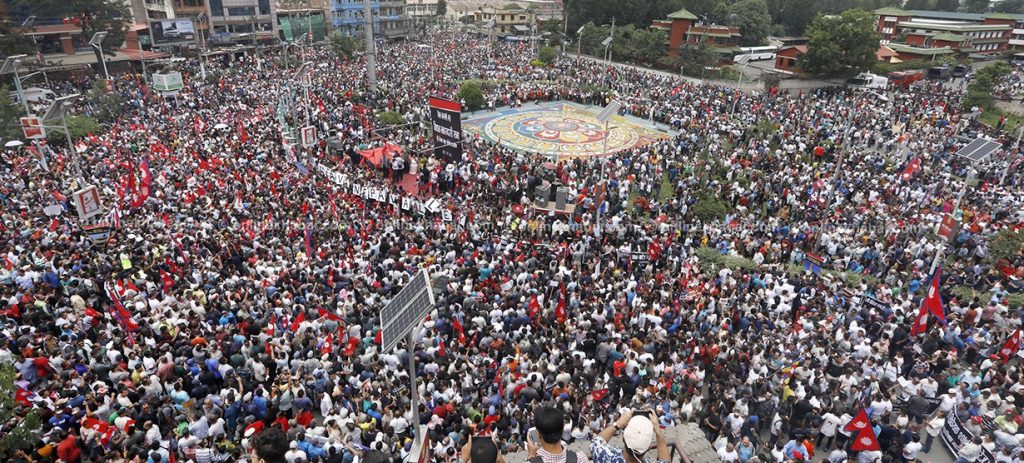
Moreover, the right to protest is a powerful tool for fostering accountability. In a democracy, where transparency and responsiveness are fundamental tenets, protests serve as a reminder that elected officials and public institutions are answerable to the people.
This accountability is not only limited to the immediate demands of a specific protest but also extends to the broader ideals of good governance, ethical conduct, and adherence to the rule of law.
As societies evolve and technology redefines the parameters of communication, the right to protest has extended its reach into the digital realm. Social media platforms, for instance, have become virtual town squares where individuals can amplify their voices, share their concerns, and mobilise support for various causes.
While this digital shift has expanded the scope of protest, it also raises questions about the authenticity of engagement and the impact of online activism on real-world change. In a world where information flows more freely than ever before, the right to protest remains a cornerstone of democracy.
While the right to protest is fundamental, its exercise is not without boundaries. Just as the right itself is a reflection of democratic values, the responsible exercise of this right mirrors the maturity and civility of a society. In the realm of protests, responsibility emerges as a guiding principle that harmonises the pursuit of change with the preservation of order, respect for individual rights, and the protection of the common good.

The distinction between legitimate protest and unruly disruption lies in the approach taken by those participating. Respecting the rule of law is paramount; protests that descend into violence and destruction not only undermine the sanctity of the cause but also erode the trust and sympathy of the public. Such instances obscure the core message, overshadowing the grievances with images of chaos and lawlessness. In these moments, what began as a noble expression of dissent loses its moral high ground and detracts from the actual issues at hand.
It is the responsibility of both protesters and authorities to uphold the integrity of the protest space. Protesters must be cognizant of the fact that their actions reflect not only their cause but also their commitment to democratic values.
A responsible protester acknowledges that peaceful demonstrations, when conducted with dignity and respect, possess a potency that resonates far more deeply than any act of aggression. This understanding paves the way for a productive dialogue, as it reinforces the sincerity of the protesters’ convictions.
Equally, responsible protest management on the part of authorities is pivotal for maintaining a delicate balance. In the digital age, responsible protest also extends to the realm of social media. Online activism, while powerful in its reach, demands ethical responsibility.
Spreading misinformation or resorting to online harassment undermines the credibility of the cause and fractures the unity that is the hallmark of effective protest movements. In essence, the responsible exercise of the right to protest acknowledges that democracy thrives not on chaos but on respectful dialogue and engagement.
In conclusion, the right to protest is not just a component of democracy; it is its lifeblood. The right to protest, far from being a mere option, is the heartbeat of democracy, a fundamental right that resonates with the core of our collective aspirations for a just, equitable, and vibrant society.






